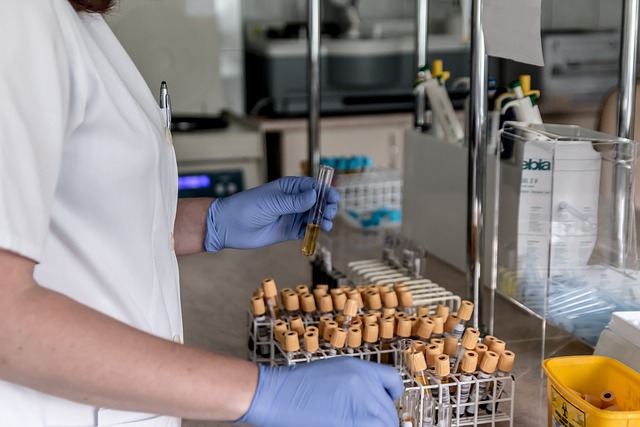
Sun Bio ELN
Electronic Lab Note Book
Sun Bio ELN
Electronic Lab Note Book

SunBio ELN can be used by the Medicinal chemistry scientist to Plan, Execute, Organize, Share and Publish their laboratory data. A highly efficient alternative to traditional paper notebooks which in turn enables the scientist to share information and collaborate more effectively whether in the same lab or across the globe.
The system manages the flow of information, task and materials among the scientist, thereby improving personal productivity, collaboration and collective intelligence.
Why SunBio ELN?
- Structure and reaction based search.
- Highly secured system with built-in Audit trail.
- Highly organized system to check the availability of the chemicals and request for it.
- Can browse and view the analytical report.
Key Benefits:
- Improve operational efficiency.
- Eliminate paper-based workflows.
- Prevent experiment duplication.
- Consolidate your experiment data.
- Highly secured and stringent authorization procedures.
- Complies with 21 CFR Part 11 regulations.
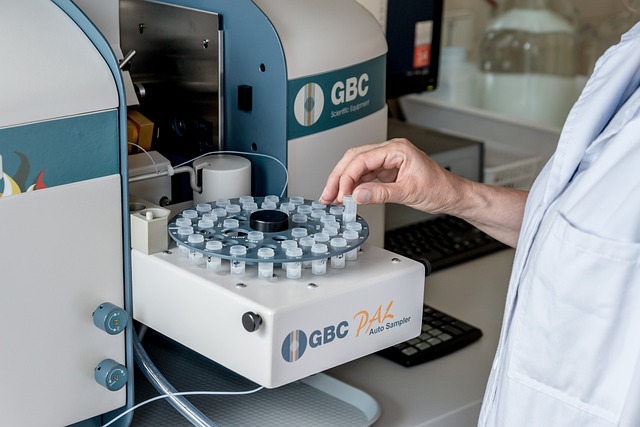
Jonty
Scientific Data Management
Jonty
Scientific Data Management

The large amount of data generated from different instruments like HPLC, UPLC, GC, UV, MS, etc., is vast. Instrument data is typically contained on printouts or in electronic files. It is very important to maintain and protect these data generated from these instruments for about 30 years as per FDA.
Jonty is a highly organized system that captures the data emitted from the instruments and stores the data that requires compliance to the established procedures by all the scientific staff required to ensure an efficient operation. The system smartly captures, catalogues and secures the file. The system complies with 21 CFR Part 11 to ensure continued data integrity in electronic formats.
Why SunBio Jonty?
- Smart version control system.
- Has powerful Search feature.
- Flexible scheduling system to back up the files.
- Supports both full back up and differential backup.
- Supports 21 CFR Part 11 Compliance.
Key Benefits:
- Supports robust Cataloging facility.
- Manages multiple instrument data.
- Retrieval of data based on user roles and rights.
- Has audit feature to monitor all the activities.
- Secures the data.
- Built on Grid Computing Technology.
- Cost-effective.
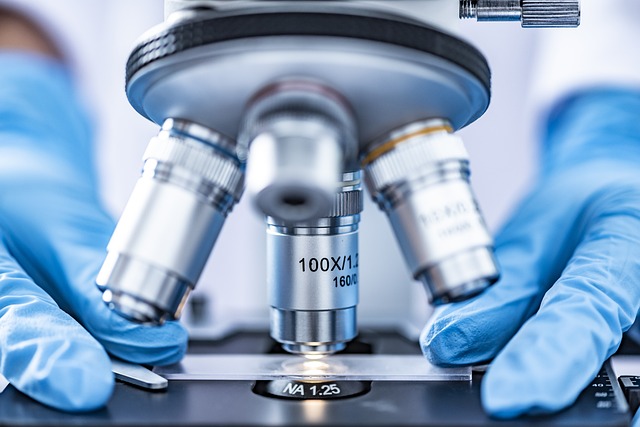
ChemReg
Compound Registration
ChemReg
Compound Registration and Management Made Easy

ChemReg application is a fully integrated web based system used for capturing compound and biological data in one platform where scientist can have the advantage of identifying and tracking the compound/batches used in R & D. ChemReg helps in – speeding up drug discovery process.
Why SunBio ChemReg?
- Keep track of newly synthesized or acquired compounds.
- Powerful structure based search.
- Supports SDF & Excel Files.
- User-definable Process/Assay to capture biological data.
- Robust workflow system for Approval.
- Barcode reading/printing.
Key Benefits:
- Registration of Single and Batch compounds.
- Manages compound requisition, issue and usage.
- Aiding users to draw chemical structures.
- Generation of Structure/Activity report.
- Email Notification for all transactions.
- Option to ship or receive the compounds.
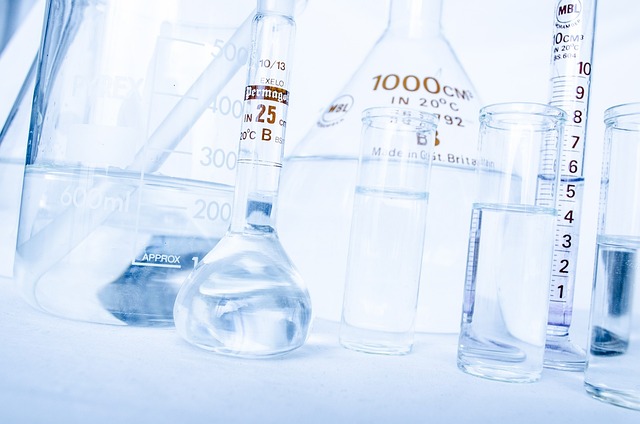
ChemInvent
Chemical Tracking and
ChemInvent
Chemical Tracking and Budgeting System

ChemReg application is a fully integrated web based system used for capturing compound and biological data in one platform where scientist can have the advantage of identifying and tracking the compound/batches used in R & D. ChemReg helps in – speeding up drug discovery process.
Why SunBio ChemInvent?
- Keep a track on your chemical stock availability.
- Tracking of item by use of Barcode/CAS ID/chemical structure.
- Compatibility Matrix Library to warn if incompatible chemicals are stored in close range.
- User-definable Process/Assay to capture biological data.
- Highly secured and stringent authorization procedures.
Key Benefits:
- Monitor chemical usage and physical location.
- Powerful Search functionality.
- MSDS management.
- Generation of Structure/Activity report.
- Can be integrated with SAP/BAAN ERP.
- Integrated safety management.
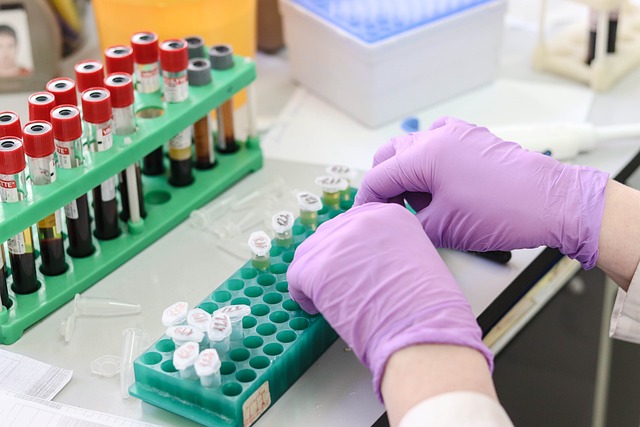
LabTicket
Efficient Streamlining of
LabTicket
Effieient Streamlining of Analytical Workflow

SunBio LabTicket system acts as an interface between the Chemistry team and the Analytical team. While processing the chemical sample for Analytical test the Chemists in the API or formulation department can request for the analytical tests and the system will generate a ticket. The ticket will be then accepted by the analytical team for the test. Once the Analytical reports are ready the chemist will get a confirmation about the reports.
Why SunBio LabTicket?
- Online Analytical test requisition Form for R&D API and formulation.
- Robust workflow system to approve/deny the samples.
- Option to prioritize the sample as per the requirement.
- Queuing system to provide instant updates on ticketing status at every stage.
- Powerful structure based search (Exact, Sub and Similarity Structure).
Key Benefits:
- Paperless laboratory – all reports, documents are tracked in the system.
- Tracks the requests, approval and submission of the reports.
- Facilitates repeating of tests automatically.
- Efficient, optimized role based process.
- Improves overall Operational efficiency.
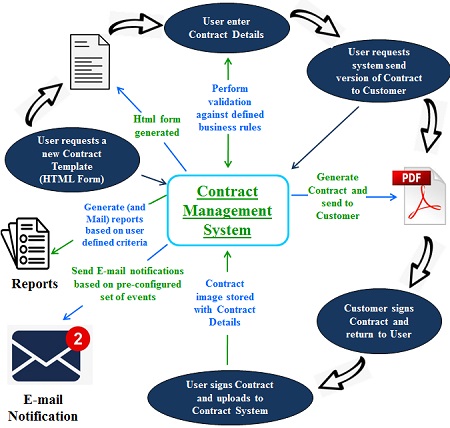
Contract Management
Learn about hosting built for
Contract Management System

Tender Process – The tender process steps generally include the call for submissions, the bid submission, the selection process, and the formation of the contract.
Tender Evaluation – It takes into account components like Cost, Quality, and Technicality of various bid proposals while finalizing a contract recommendation.
Recommendation– After completing all the process the contract move to the recommendation stage.
Awarding – The most qualified tenders are selected for the awarding process.
Rating – After awarding, rating can be happen, based on contract.

Contractor Management
Learn about hosting built for
Contractor Management System

Good contractor management – is the process that ensures both parties in a contract fully meet their respective obligations as efficiently and effectively as possible, in order to continually deliver both the business and operational objectives required by the contract.
Data security and privacy – When choosing a CMS consider if the system meets your data and governance requirements. Also ensure that the system allows you to setup permissions to control access to documentation and sensitive information.

Auction
Learn about hosting built for
Auction

Auction – Auction produces fair market value through competitive bidding, allowing you, the buyer, to make a smart buying decision with a seller that is committed to sell.
Forward auction – Forward auction in which the price of the product or service increases with every bid.
Reverse auction – Reverse auction in which the price of the product or service decreases with every bid.
Awarding – The most qualified tenders are selected for the awarding process.
Rating– After awarding, rating can be happen, based on contract.
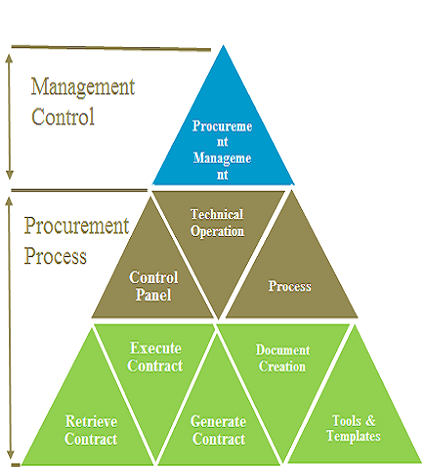
Next Generation Procurement
Learn about hosting built for
Next Generation Procurement System

Next Generation Procurement –is the key to unlocking faster, more accurate decisions that drive business outcomes across organizations.
Procurement focus – Procurement teams will focus on digitization, sustainability, strategic sourcing, vendor relationships, and vendor risk management.
Procurement needs – a new perspective that is forward-looking, focused on aiming to maximize third-party relationships, innovation, integration, collaboration and data-driven performance.
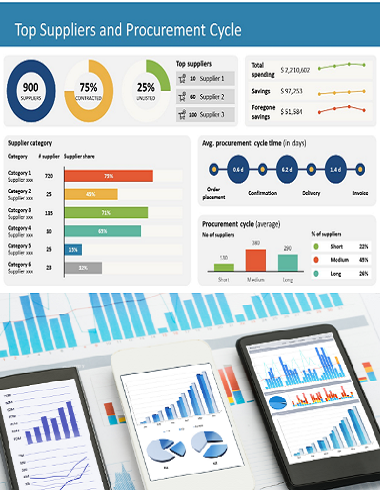
SaaS – Procurement
Learn about hosting built for
SaaS – Procurement System

The cloud based model has flourished within the procurement software market as technology continues to improve, benefiting buying organizations of all shapes and sizes.
A procurement solution such as Source Suite gives a robust bid and vendor management solution at a fraction of the cost of traditional installed procurement software.
The cloud based model has flourished within the procurement software market as technology continues to improve, benefiting buying organizations of all shapes and sizes.
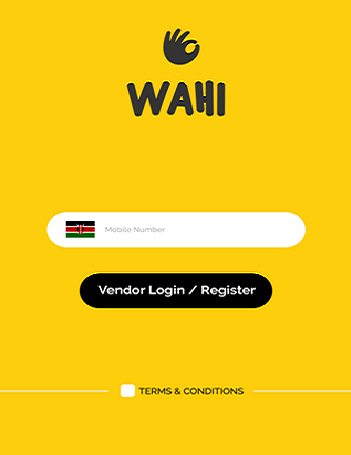
Wahi - Mobile App
Learn about hosting built for
Wahi - Mobile App

The WaHi mobile application allows customer to book a service and allow service provider or vendor to render a service.
Bookings and interactions between the customer and vendor happen through the application
The application allows the customer and vendor to make payments and commissions through WaHi mobile application.
The tracking of the service or job also done through this application.
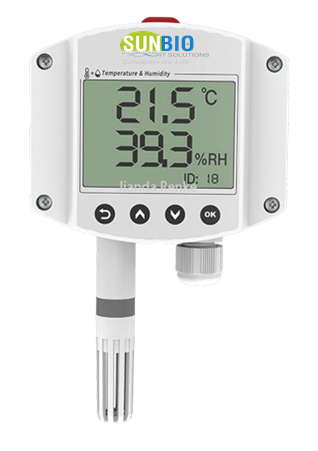
Temperature and Humidity device
Learn about hosting built for
Temperature and Humidity device

A Temperature and Humidity device is a device that measures both the temperature and humidity levels in the environment. The device usually consists of two sensors, one for temperature and one for humidity, and a display unit that shows the readings in real-time.
Temperature is the measure of the amount of heat energy in the air and is usually measured in degrees Celsius (°C) or Fahrenheit (°F).
Temperature and humidity devices are available in various forms, including handheld devices, wall-mounted units, and sensors that can be connected to a computer or mobile device. it also additional features such as data logging, alarms, and wireless connectivity for remote monitoring.
If it's used and combined with special sensor Arduino expansion board, it will be easily implemented. If it's used and combined with special sensor Arduino expansion board, it will be easily implemented. The actuator used is a spray pump that is used to spray water into the air to lower the temperature.
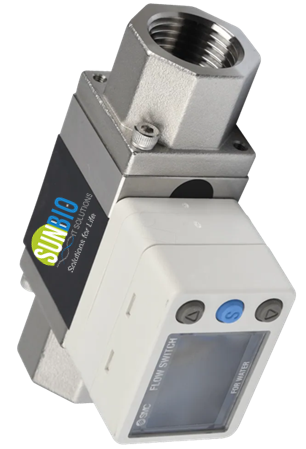
Solenoid Water Air Valve Switch
Learn about hosting built for

A 5V DC Solenoid Water Air Valve Switch is a type of valve that uses a solenoid to control the flow of fluids or gases. The valve consists of a coil of wire, which generates a magnetic field when an electric current is passed through it. This magnetic field then moves a plunger or piston inside the valve, which in turn controls the opening or closing of the v
The 5V DC Solenoid Water Air Valve Switch specifically operates on a 5V direct current (DC) power supply. It is commonly used in applications that require the control of water or air flow, such as in irrigation systems, pneumatic systems, or aquariums.
CoAP (Constrained Application Protocol): This protocol is designed for devices with limited processing power and memory, such as sensors and actuators. It is a simple, lightweight protocol that is optimized for use with resource-constrained devices.
This liquid valve would make a great addition to your robotic gardening project. There are two (Nominal NPT) outlets.The flow of fluids as soon as it is powered ON and stops/blocks the flow when the supply voltage removed.
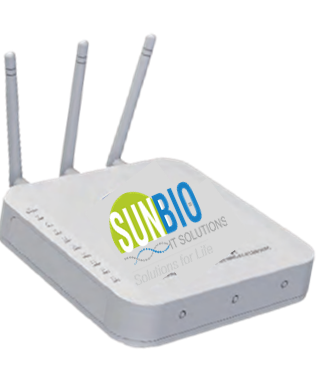
Soil NPK sensor
Learn about hosting built for
Soil NPK sensor

A Soil NPK sensor is a type of sensor that is used to measure the levels of Nitrogen, Phosphorus, and Potassium (NPK) in soil. These three elements are essential for the growth and development of plants, and their levels in the soil can affect the health and productivity of crops.
The stainless steel probe of the soil NPK sensor can be buried in the soil for a long time and is resistant to long-term electrolysis, salt, and alkali corrosion. It helps in determining the fertility of the soil thereby facilitating the systematic assessment of the soil condition.
The use of Soil NPK sensors can provide several benefits to farmers and gardeners. By accurately measuring the NPK levels in the soil, they can avoid over or under-fertilization, which can lead to nutrient imbalances and reduced crop yields. This can also reduce the need for chemical fertilizers, which can be expensive and have negative environmental impacts.
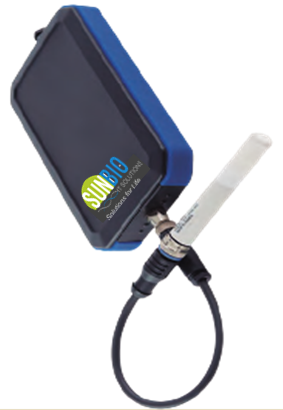
Soil Moisture device
Learn about hosting built for
Soil Moisture device

This Capacitive Soil Moisture device measures soil moisture levels by capacitive sensing. It is made of corrosion-resistant material which gives it excellent service life. Insert it into the soil around your plants and get data of soil moisture. Soil Moisture device is controlling the exchange of water and heat energy between the land surface and the atmosphere through evaporation and plant transpiration.
The Capacitive Soil Moisture device consists of two electrodes that are placed in the soil. One of the electrodes acts as a capacitor plate, while the other electrode acts as a ground. When the moisture content in the soil changes, the capacitance between the two electrodes also changes, which is then measured by the sensor.
Capacitive Soil Moisture devices is used in a variety of settings, such as agriculture, landscaping, and gardening. They are particularly useful in precision irrigation systems, where water can be applied only where and when it is needed, resulting in more efficient water use and reduced water waste.
Capacitive Soil Moisture devices also come with additional features, such as temperature sensors or wireless connectivity, which can provide additional information about the soil conditions and allow for remote monitoring.
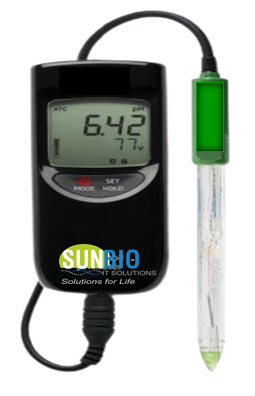
pH Device
Learn about hosting built for
Soil pH device

The soil PH device is a high functional and digital display soil tester, it can quickly test PH of different kinds of soil. The soil meter is precision, quick, stable, wide range, display clear, portable and easy to test. Soil pH meters are devices used to measure the acidity or alkalinity of a soil.
Soil pH is a measure of the concentration of hydrogen ions (H+) in the soil, and it is an important factor that affects the availability of nutrients to plants.
The Soil pH device works by measuring the electrical potential difference between two electrodes that are inserted into the soil. The electrodes are usually made of a reactive metal such as silver or copper, which reacts with the soil and generates an electrical current that is proportional to the soil pH.
The readings provided by the Soil pH device are usually given on a scale of 0 to 14, with 7 being neutral. A soil pH of less than 7 is considered acidic, while a pH greater than 7 is considered alkaline. Most plants grow best in a slightly acidic to neutral soil, with a pH range of 6.0 to 7.5.